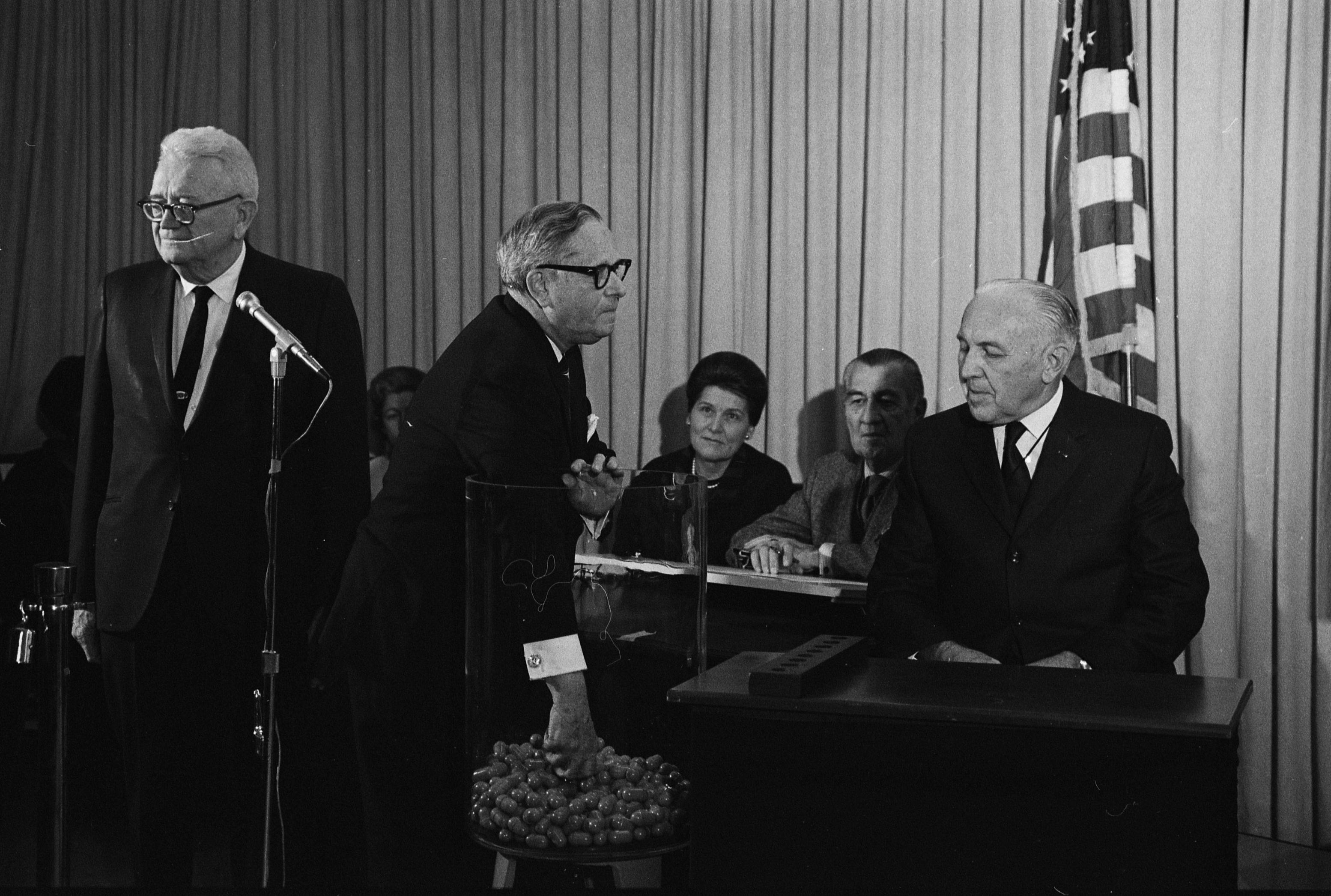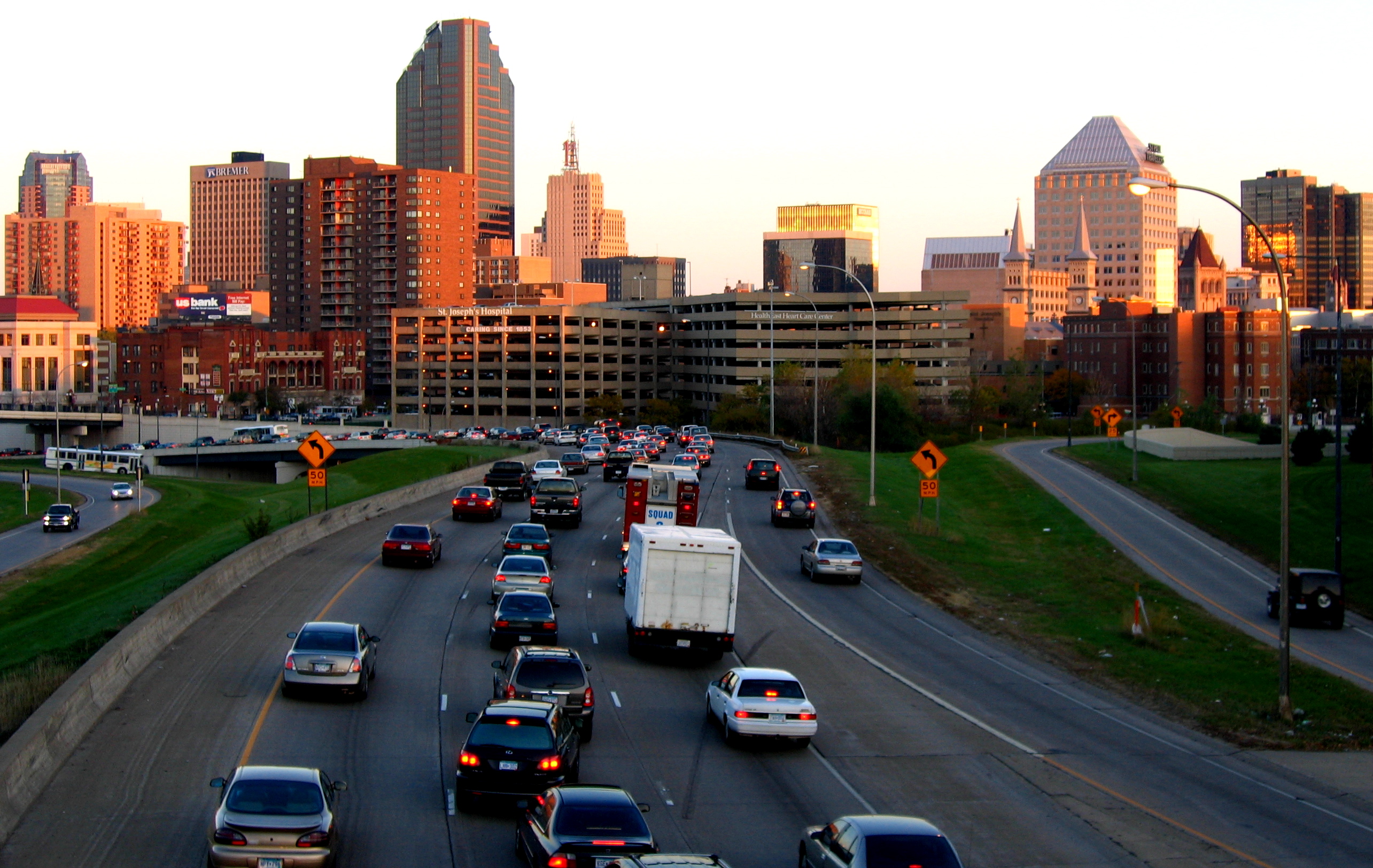Five ways Daylight Saving Time went badly wrong
Digital Reporter
Sunday, November 4, 2018, 8:56 PM - Once again, Canadians are set for their twice-annual bout with chronological confusion, though in this case enjoying the extra hour after the clocks fell back this past weekend.
QUICK FACTS:
• Clocks fell back one hour at 2 a.m. Sunday November 4
• Observed in all of Canada with some exceptions, including most of Saskatchewan
• Daylight saving time is observed in around 70 countries
• Timekeeping is considered a provincial and territorial responsibility
As always, the practice is very contentious, with some credible arguments that the whole business does terrible things to your health and the economy. And as it happens, the very act of fiddling with the clocks leads to some very odd happenings -- some unforeseeable, some absolutely foreseeable.
WATCH BELOW: WHO EXACTLY HAS DAYLIGHT SAVING TIME AND WHO DOESN'T?
DST ONCE SPARKED AN ACTUAL RIOT
University students are an already rowdy bunch, without daylight saving time arbitrarily shutting down their favourite watering hole an hour early.
In 1997, things got out of hand in Athens, Ohio, when bars catering to Ohio University students closed early as a result of the time change. And by “out of hand,” we mean a full-fledged riot involving a thousand people that had to be dispersed by police in riot gear.
It wasn’t easy going for the police, as reports from the time suggest rubber bullets actually failed to have much of an impact, forcing law enforcement to use wooden projectiles, and then batons. Some 47 people were arrested.
The next year, it was more or less the same thing. Students treated the time change as an anniversary of sorts, with some 2,000 people making it out. This time, the mayor declared an emergency and the crowds were again dispersed, though two policemen were injured, and 27 people arrested.
The event made headlines across the U.S., though police, the university and even some protesters quoted in student media suggested the violence was likely more due to other factors, with the time change acting as a trigger.
THE TIME CHANGE GOT ONE MAN OUT OF THE VIETNAM DRAFT
Here is one person who probably never complained about daylight saving time in his life, as there is a pretty decent chance his life may have been prolonged by it.
U.S. involvement in Vietnam escalated to the point where limited conscription was introduced to beef up manpower, in the form of a complicated draft lottery based on birth dates, selected randomly.

Congressman Alexander Pirnie draws the first number for the U.S. selective service draft, Dec. 1, 1969. Source: Wikimedia Commons
One particular man -- online sources don’t name him -- had a relatively low draft number due to his birthdate, and he’d had the misfortune to have been born not long after midnight.
However, daylight saving time offered him a way out. According to NPR, he actually went to court and argued that he had been born in standard time in his own state, and the change happened to place the time of his birth BEFORE midnight the previous day -- which happened to be a day where he was less likely to be drafted.
We don’t have very many details on how long the court case dragged out, but it seems to have worked, and he wasn’t sent overseas to Vietnam.
IT POSTPONED THE EXECUTION OF A DANGEROUS CRIMINAL
In a sinister mirror of the Vietnam draft case, the time change allowed one convicted criminal to ward off the gallows -- for an hour, at least.
 State Street, Chicago, 1907. Credit: New York Public Library/Wikimedia Commons
State Street, Chicago, 1907. Credit: New York Public Library/Wikimedia Commons
RELATED: Daylight saving time - the most important day of the year?
According to the Chicago Tribune, that city adopted daylight saving time in June 1920. That fall, notorious gang leader Salvatore “Sam” Cardinella was found guilty of the murder of a saloon keeper. This was on top of his culpability in the many other crimes committed by his gang, which purportedly included 20 murders, 100 armed robberies and 150 other burglaries, according to the Tribune.
When the day of his execution came up in April 1921, he argued, successfully, that because he’d been sentenced before the time change, it would unfairly rob him of an hour of his rapidly shortening life.
"That won’t mean anything after I’m dead, but will mean a lot Friday morning," he told the New York Times. "The governor could change his mind in that time."
The governor didn’t, and after an hour’s postponement, Cardinella’s hanging went ahead, though the Tribune says he had to be hanged while seated in a chair, as he was apparently not able to stand.
CHAOS ON THE TRAIN TRACKS
Though Daylight Saving Time gathered steam in the early 20th Century, it took awhile for the concept to stick.
RELATED: Four terrible side-effects of daylight saving time
In the U.S., President Franklin Roosevelt instituted nationwide “war time” in 1942, setting clocks back an hour on a year-round basis. The rule was eventually rescinded a few weeks before the end of the Second World War, but states were allowed to bring in their own version of daylight saving time without worrying about a national standard.
As expected, what happened next was a couple of decades of what has been called ‘time chaos.’
According to the Great Falls Tribune:
“In 1965, there were 23 different pairs of start and end dates to daylight saving in Iowa alone. In Minnesota, the “twin cities” of Minneapolis and St. Paul observed the beginning of daylight saving time two weeks apart despite being a single metropolitan area only separated by the Mississippi River. Passengers on a 35-mile bus ride from Steubenville, Ohio, to Moundsville, West Virginia, passed through seven time changes during their 40 minutes on the bus.”
It went on like this until 1966, when the U.S. Congress finally passed a law establishing a national standard -- and even then, some states could opt out, as did Hawaii and most of Arizona.
But even with the nationwide standard, the time change still causes travel issues to this day. Amtrak, for example, pauses all overnight trains for an hour at the spring time change so as not to cause schedule issues. In the fall, the overnight expresses try to make up the lost time as best they can.
IT ONCE PITTED CITY AGAINST CITY
Minneapolis and St. Paul are called the Twin Cities for a reason. They form the core of a single metropolitan area, legally separate but interlinked economically.
 St. Paul, Minnesota. Credit: Jeremy Noble/Wikimedia Commons.
St. Paul, Minnesota. Credit: Jeremy Noble/Wikimedia Commons.
That long-standing bond was sorely tested in 1965, when Minneapolis, going by state law on Dayling Saving Time, fell an hour behind St. Paul, two weeks before the latter city implemented its own time change.
The result, according to accounts from the time, was mass confusion, with one half of a major metropolitan area running on a different time than the other half.
According to the Star Tribune, some policemen had watches on both hands to keep track of what time it was depending on where they were in the Twin Cities. The joke was that a policeman would answer your call on standard time, but a fireman would go by daylight time. At work, some businesses would go with staggered start and end times. Others would make do, with some employees arriving early, and some late.
Eventually, St. Paul’s own time change kicked in as scheduled, and the Twin Cities were once again marching to the same beat. Luckily, the cities didn’t have to go through it all again, as Congress passed its Uniform Time Act the following year, setting a national standard both cities could follow.
Incidentally, Canada famously has a similar situation with Lloydminster, which unlike the Twin Cities is a single municipality, though straddling the border between Saskatchewan and Alberta.
Now that the time change has rolled round, Alberta switched its clocks, but Saskatchewan remains on standard time all year round. To get around the inevitable headaches, the Saskatchewan side of the city observes daylight saving time along with Alberta.
WATCH BELOW: HOW DAYLIGHT SAVING TIME CAN BE HAZARDOUS AND HOW TO PROTECT YOURSELF
SOURCES: Chicago Tribune | Ohio University Today | The Tech | NPR | Chicago Tribune | Great Falls Tribune | Star Tribune



